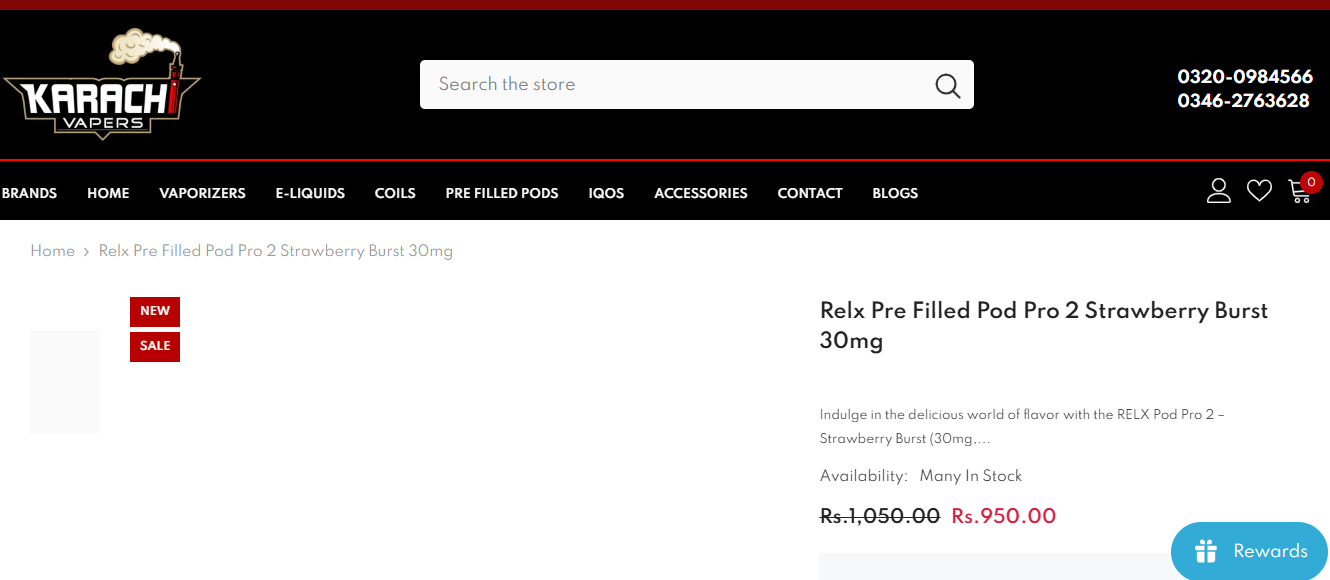In the competitive world of ecommerce, product descriptions play a crucial role in driving sales and enhancing customer experience. They are not just mere text but a vital marketing tool that can significantly influence purchasing decisions. Crafting compelling and effective product descriptions can set your brand apart from competitors and increase conversions. This guide will explore key Ecommerce Insights for improving product descriptions, ensuring they resonate with your target audience while optimizing them for search engines.
1. Understand Your Target Audience
Before writing any product description, it’s essential to understand who your target audience is. Knowing their preferences, pain points, and motivations can help you tailor your descriptions to meet their needs.
Conduct Market Research
- Identify Demographics: Use surveys and analytics to determine the age, gender, and location of your audience.
- Analyze Competitors: Study successful brands in your niche to see how they communicate with their customers.
Create Customer Personas
- Develop Personas: Create detailed customer profiles based on your research to guide your writing.
- Consider Their Needs: Focus on what your customers value most—be it quality, price, or features.
2. Focus on Benefits Over Features
While it’s important to include product features, highlighting the benefits can create a stronger emotional connection with your customers. Benefits explain how the product can improve the customer’s life.
Use “You” Language
- Personalize Your Approach: Instead of listing features, frame them in a way that speaks directly to the customer. For example, instead of saying “This blender has a 1000-watt motor,” say “You can effortlessly whip up smoothies in seconds with our powerful 1000-watt blender.”
Tell a Story
- Engage the Customer: Share a relatable scenario or story that illustrates how the product can solve a problem or enhance the customer’s lifestyle.
3. Utilize SEO Best Practices
Optimizing your product descriptions for search engines can increase visibility and attract more traffic to your ecommerce site.
Incorporate Relevant Keywords
- Keyword Research: Use tools like Google Keyword Planner or SEMrush to identify relevant keywords related to your products.
- Natural Integration: Incorporate these keywords seamlessly into your descriptions without compromising readability.
Write Unique Descriptions
- Avoid Duplicate Content: Search engines penalize duplicate content, so make sure each product has a unique description.
- Focus on Originality: Highlight unique selling points and characteristics that differentiate your product from competitors.
4. Optimize for Readability
Readability is crucial in keeping potential customers engaged. If your descriptions are hard to read, customers are likely to bounce away.
Use Bullet Points and Short Paragraphs
- Streamline Information: Bullet points make it easier for customers to scan through important information quickly.
- Limit Paragraph Length: Aim for short paragraphs (2-3 sentences) to improve readability.
Utilize Headings and Subheadings
- Organize Content: Use headings and subheadings to break up text and guide readers through the description.
- Enhance Navigation: This makes it easier for customers to find the information they are looking for.
5. Incorporate Visual Elements
Product images and videos can enhance the impact of your descriptions. They provide additional context and can help customers visualize the product in use.
High-Quality Images
- Showcase Products: Use clear, high-resolution images that accurately represent the product.
- Include Multiple Angles: Provide multiple images showing different angles and features.
Use Videos for Demonstration
- Enhance Engagement: Video demonstrations can showcase product features and benefits in a dynamic way, helping customers make informed decisions.
6. Create a Sense of Urgency
Encouraging customers to act quickly can lead to increased conversions. Use persuasive language to create a sense of urgency in your product descriptions.
Limited-Time Offers
- Highlight Promotions: Mention any sales, discounts, or limited-time offers directly in the description.
- Use Urgent Language: Phrases like “Only a few left in stock!” or “Sale ends soon!” can motivate customers to buy.
7. Encourage Customer Reviews and Feedback
Customer reviews can significantly influence purchasing decisions. Encourage satisfied customers to leave reviews, and consider integrating them into your product descriptions.
Display Ratings
- Showcase Reviews: Highlight positive customer reviews and ratings in your product description.
- Use Testimonials: Incorporate customer testimonials that speak to the benefits and quality of the product.
8. A/B Testing and Continuous Improvement
To optimize your product descriptions further, implement A/B testing to compare different versions and see which performs better.
Test Different Approaches
- Varied Lengths and Styles: Experiment with different writing styles, lengths, and formats to determine what resonates most with your audience.
- Analyze Results: Use analytics to track engagement, conversion rates, and customer feedback to inform future updates.
Conclusion
Improving product descriptions is an essential aspect of enhancing your ecommerce strategy. By Ecommerce Insights understanding your audience, focusing on benefits, optimizing for SEO, and incorporating visual elements, you can create compelling descriptions that engage customers and drive sales. Remember that this is an ongoing process—continually gather feedback and make improvements to stay ahead in the competitive ecommerce landscape.
FAQs
1. How long should a product description be?
There’s no one-size-fits-all answer, but generally, aim for 100-200 words. Ensure it’s long enough to convey necessary details while remaining engaging.
2. Should I include technical specifications?
Yes, including technical specifications is important, but balance them with benefits. Make sure customers understand how these specs translate into real-world benefits.
3. How often should I update product descriptions?
Regularly review and update product descriptions, especially if you receive new feedback, if a product changes, or if you notice a drop in performance.
4. Can I use the same description for different platforms?
While you can use similar descriptions, customize them for each platform to fit the audience and improve SEO.
5. What role do images play in product descriptions?
Images are crucial—they complement your descriptions and help customers visualize the product, improving engagement and conversion rates.
Read More: The Ultimate Guide to Halloween Tattoos: Designs & Ideas












Leave a Reply